The major media outlets have opted to omit completely the extensive backdrop of peaceful struggle and non-violent resistance by the Palestinian people. Meanwhile, they dramatise and magnify cases of violent acts especially if they are for some “inexplicable and accidental”, like Hamas’s horrible attacks.
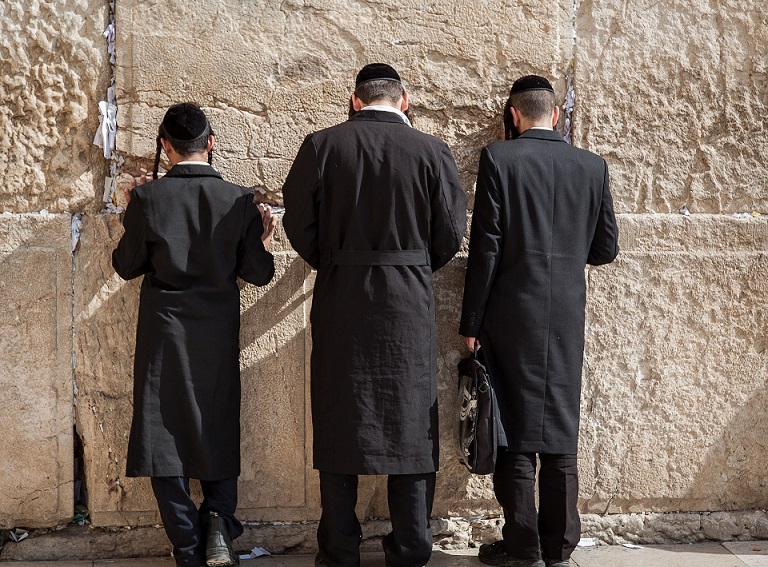 José R. Oro
José R. Oro
On 7th October 2023 Hamas killed 1,200 Israelis. Since then, Israel has killed an indeterminate quantity – no less than 19,000 – of Palestinians, the majority of them civilians and more than a third of them children, through indiscriminate bombing campaigns and other massive attacks as a collective punishment for crimes they did not commit.
But the Palestinian-Israeli conflict did not start that day and the willingness of Palestinian armed groups to use violence is not the only obstacle to peace.
In the middle of this terrible tragedy is the inability of a colonial and occupying power (and its facilitators) to accept a people’s rejection of their subjugation and their determination to fight against it.
Whatever form this resistance has taken – and it includes a long history of non-violence and civil disobedience, as well as armed struggle – Israel has responded with a disproportionate use of force and without taking the human cost into account.
The Western media has focused all too often on the Palestinian armed struggle, from Black September to the armed presence of the PLO in Lebanon, the suicide bombings at the end of the 1990s and early 2000s, the Second Intifada and the most recent missile attacks on Israel by Hamas.
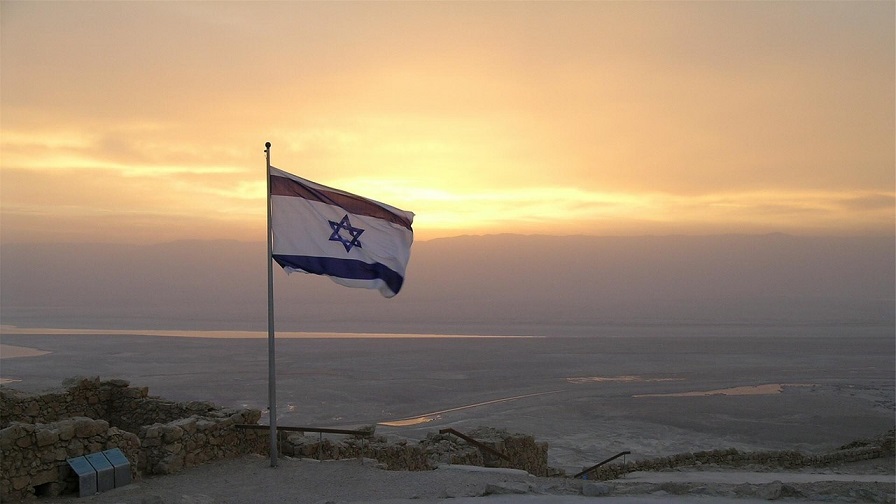 It is often not realised that, from the beginning, non-violent resistance has been Palestinians’ basic form of struggle for freedom. Pro-capitalist and pro-Zionist media present them to world opinion (with heavy emphasis on the USA) as violent and brutal people with whom political and diplomatic negotiations are not possible and who wouldn’t keep to what was agreed anyway.
It is often not realised that, from the beginning, non-violent resistance has been Palestinians’ basic form of struggle for freedom. Pro-capitalist and pro-Zionist media present them to world opinion (with heavy emphasis on the USA) as violent and brutal people with whom political and diplomatic negotiations are not possible and who wouldn’t keep to what was agreed anyway.
In 1972 the Palestinian National Council decided that the place for the struggle for Palestinian self-determination should include the West Bank and the Gaza Strip. The following year saw the emergence in the occupied territories of the Palestinian National Front, an inclusive, clandestine and autonomous organisation. Its main tasks included co-ordinating strikes and non-violent demonstrations throughout the West Bank and the Gaza Strip to protest against Israeli domination and reaffirm the Palestinian demand for self-representation.
Israel responded with demolitions of houses, curfews, deportations and administrative arrests (imprisonment without trial or charges), forms of collective punishment which became daily characteristics of the military occupation. After occupying the West Bank and the Gaza Strip in 1967, Israel banned any overt symbol of Palestinian nationalism, including flags and maps.
 In 1976, the municipal elections in the West Bank to elect mayors were won by nationalist candidates against opponents who had been selected by the Israeli military administration. In 1978, the new mayors established the National Orientation Committee (NOC) whose principal objectives were to protest against the Camp David Accords between Egypt and Israel and against any agreement about Palestine where the Palestinians were not represented.
In 1976, the municipal elections in the West Bank to elect mayors were won by nationalist candidates against opponents who had been selected by the Israeli military administration. In 1978, the new mayors established the National Orientation Committee (NOC) whose principal objectives were to protest against the Camp David Accords between Egypt and Israel and against any agreement about Palestine where the Palestinians were not represented.
For its part, Israel created organisations that sought to control the Palestinians in the occupied territories. In reply, the Palestinians again demanded self-determination. Once more, the protest was expressed through strikes and co-ordinated, non-violent demonstrations.
A few years later, Israel banned the NOC, arrested or deported key organisers and placed most of the nationalist mayors they had not deported under house arrest. In 1980, Israeli extremists attacked the mayors of Ramallah and Nablus with car bombs, seriously injuring them both.
By the beginning of the 1980s, all the factions of the Palestinian Liberation Organisation had established base structures throughout the West Bank and the Gaza Strip. The volunteer organisations included unions, student groups and women’s groups. Israel attacked representatives of these institutions (placing many of them under “administrative detention”) and routinely intimidated and humiliated their participants.
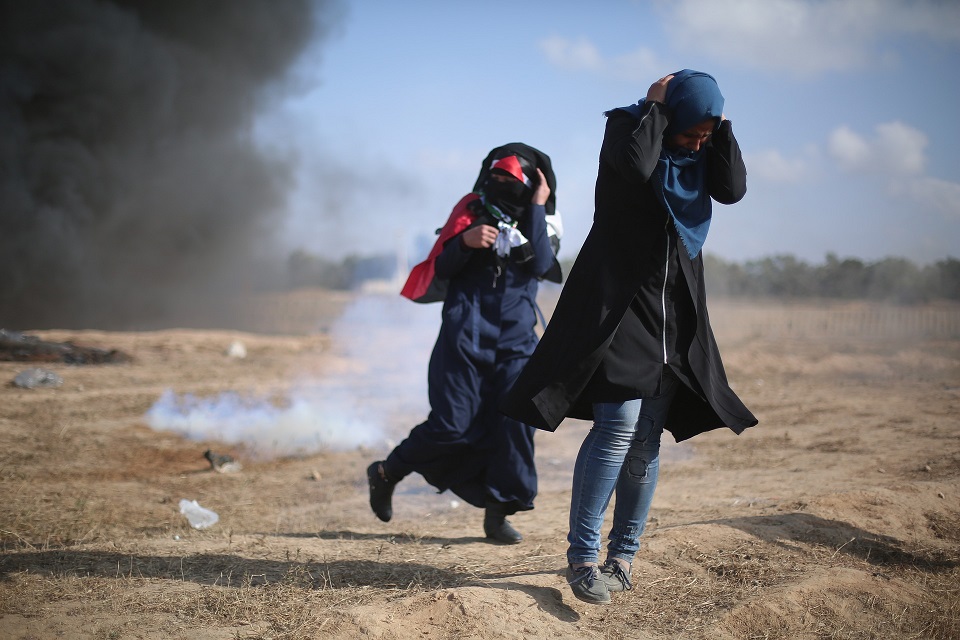 Israel also attacked Palestinian defenders of non-violent resistance. In 1983, for example, Mubarak Awad, sometimes known as “the Palestinian Gandhi”, created the Palestinian Centre for the Study of Non-Violence. He wrote the twelve-page plan for passive resistance in the territories. In 1988, Israel deported Awad accusing him of inciting a civil uprising.
Israel also attacked Palestinian defenders of non-violent resistance. In 1983, for example, Mubarak Awad, sometimes known as “the Palestinian Gandhi”, created the Palestinian Centre for the Study of Non-Violence. He wrote the twelve-page plan for passive resistance in the territories. In 1988, Israel deported Awad accusing him of inciting a civil uprising.
When the First Intifada broke out in December 1987, the collective decision to abstain from the use of violence (apart from throwing stones) was strategic. In the first weeks of massive co-ordinated agitation and civil disobedience, a series of popular local committees were organised all over the West Bank and the Gaza Strip which would sustain and strengthen the Intifada.
The said committees were responsible for various of the Intifada’s tasks and daily activities: strikes, demonstrations, boycotts of Israeli products and non-payment of taxes.
In response, the Israeli army confronted unarmed demonstrators with real ammunition, imprisoned or deported the organisers, imposed curfews, cut off water, electricity and fuel supplies, demolished houses, closed schools for months and universities for three years.
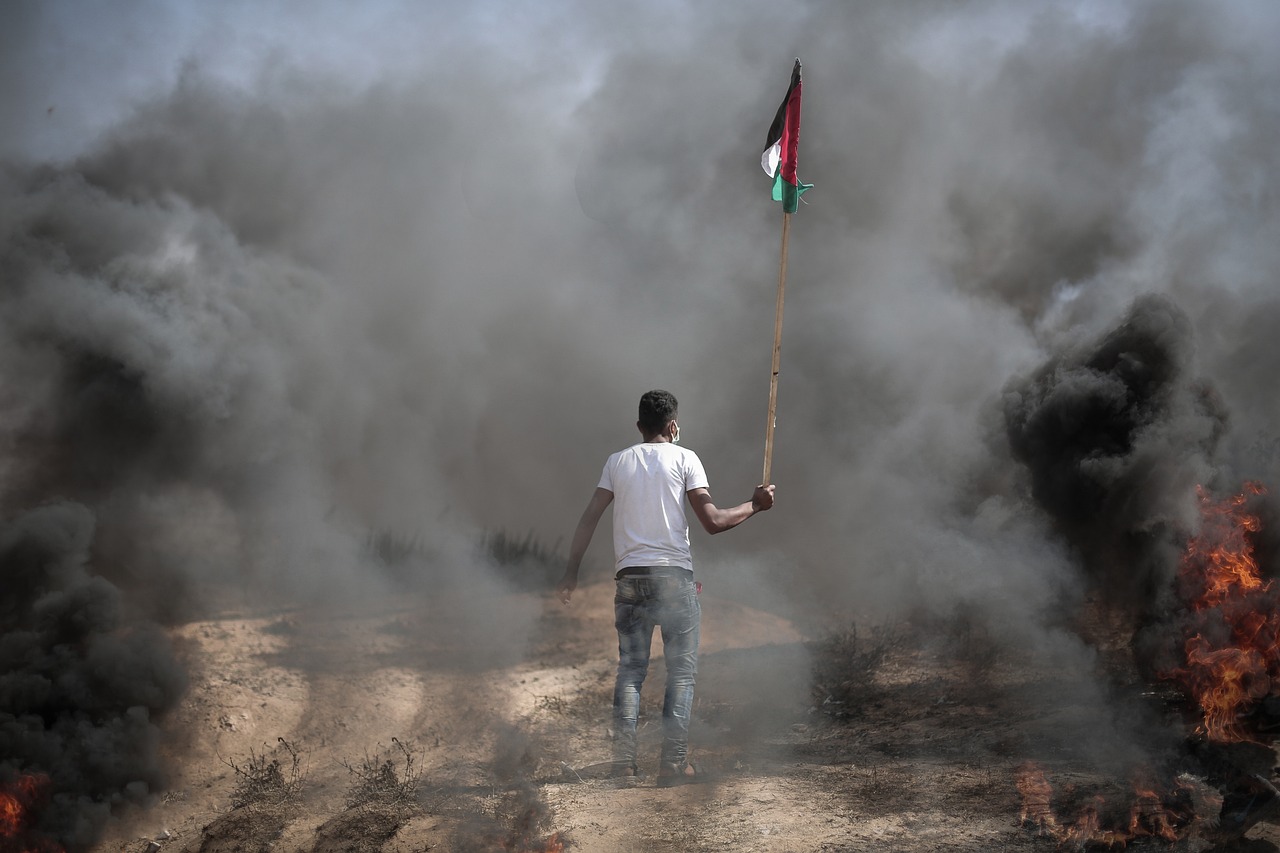 When Israel and the PLO signed the Declaration of Principles which started the Oslo Process in September 1993, Israel had killed over 1,070 Palestinians (almost all of them unarmed) and imprisoned more than 120,000 (according to figures from B’Tselem). No family escaped the collective punishment. 47 Israeli civilians died during the Intifada.
When Israel and the PLO signed the Declaration of Principles which started the Oslo Process in September 1993, Israel had killed over 1,070 Palestinians (almost all of them unarmed) and imprisoned more than 120,000 (according to figures from B’Tselem). No family escaped the collective punishment. 47 Israeli civilians died during the Intifada.
In 2005, Palestinian civil society called for a campaign of boycott, disinvestment and sanctions (BDS) against Israel until it complied with international law and the universal principles of human rights. The non-violent movement has gained a considerable number of international followers. In 2011, the Israeli parliament approved a draconian law that would punish any Israeli who boycotted any of its institutions or businesses.
In March 2018, the Palestinians of the Gaza Strip began the Great March of Return to demand the end of the Israeli blockade and the right of refugees to return. The protests were largely non-violent but the Israeli army ordered that anyone – including unarmed demonstrators, passers-by, journalists and medical personnel – who came within a few hundred metres of the barrier separating Israel and Gaza would be shot. According to UN figures, as of 22nd March 2019 Israel had killed 195 Palestinians (including 41 children) and injured approximately 29,000 people.
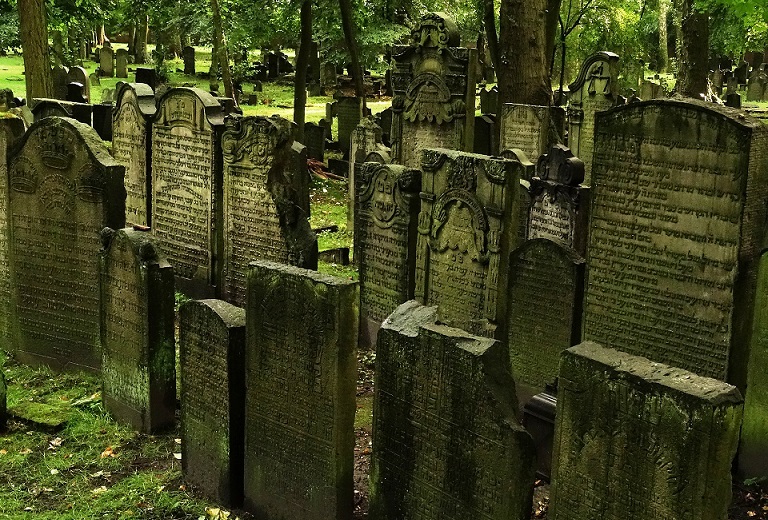 Although they rarely appear in the international headlines, Palestinian history is full of episodes of non-violent resistance to Israel’s military occupation. Israel’s response has been habitually disproportionate and the overwhelming majority of injuries and deaths have been on one side, the side that doesn’t matter to Western governments. Between 2009 and September 2023, Israel killed 6,407 Palestinians and injured 152,560, compared to 308 Israelis killed and 6,307 wounded by Palestinians (according to UN figures). During 2021, Israel’s provocative actions would have passed unnoticed by the international community if the Palestinian people had not adopted a collective position, using all forms of resistance, from Sheikh Jarrah, in East Jerusalem, to Gaza.
Although they rarely appear in the international headlines, Palestinian history is full of episodes of non-violent resistance to Israel’s military occupation. Israel’s response has been habitually disproportionate and the overwhelming majority of injuries and deaths have been on one side, the side that doesn’t matter to Western governments. Between 2009 and September 2023, Israel killed 6,407 Palestinians and injured 152,560, compared to 308 Israelis killed and 6,307 wounded by Palestinians (according to UN figures). During 2021, Israel’s provocative actions would have passed unnoticed by the international community if the Palestinian people had not adopted a collective position, using all forms of resistance, from Sheikh Jarrah, in East Jerusalem, to Gaza.
The whole episode, which ended up leading to an Israeli war against Gaza in May, began with a routine Israeli attempt to ethnically cleanse Palestinians from several districts of East Jerusalem, such as Sheikh Jarrah and Silwan. Non-violent popular resistance in Sheikh Jarrah faced extreme Israeli violence in which armed settlers, the Israeli police and the occupying forces participated and which caused injury to at least 178 Palestinian demonstrators on 7th May.
Palestinians from all the occupied territories began to mobilise in solidarity with their brothers from Al Quds (Jerusalem in Arabic), something which provoked another devastating Israeli war against the Gaza Strip on 10th May. The 2021 massacre resulted in the deaths of over 250 Palestinians, thousands of injuries and massive destruction. PL
(Translated by Philip Walker – Email: philipwalkertranslation@gmail.com) – Photos: Pixabay












.jpg)












